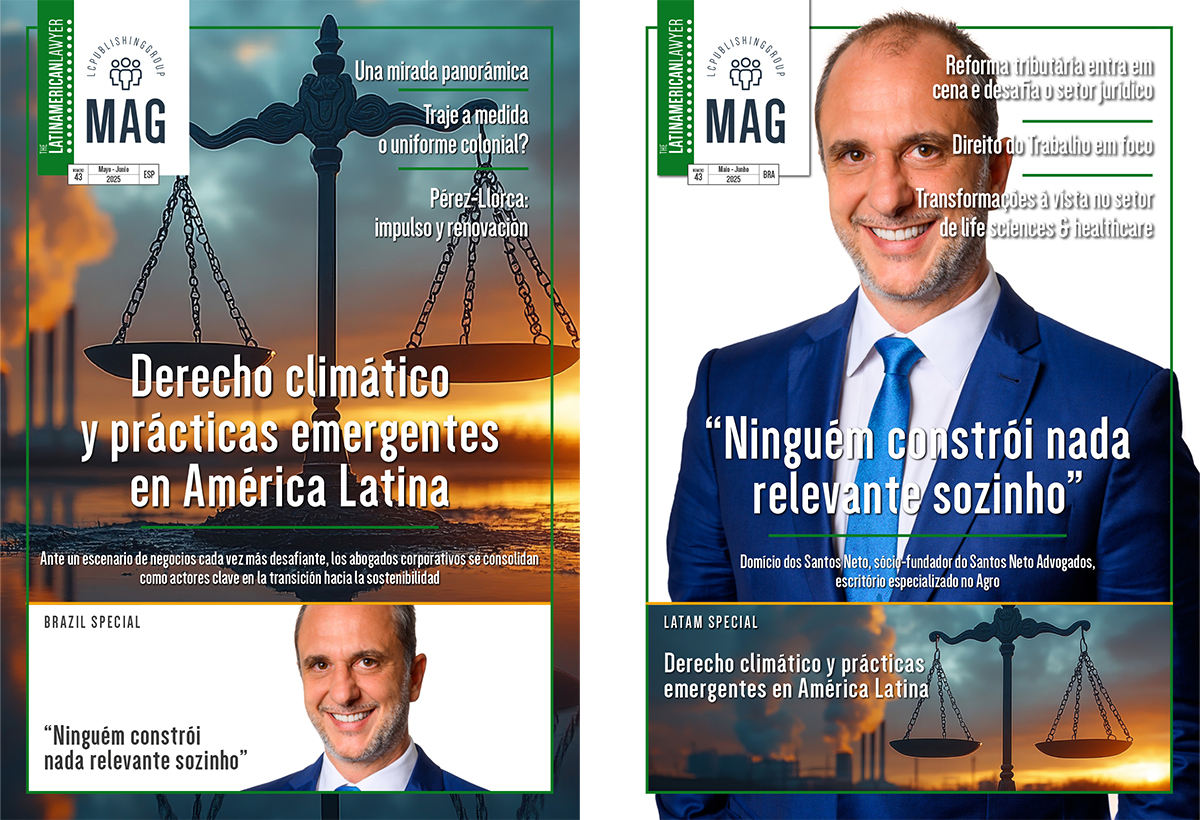Latin American private equity funds have ‘large risk appetite’
Funds in South America tend to move more quickly and decisively than their international competitors, and many are now looking to monetize their investments in Colombia and Chile
Latin American private equity funds are major risk takers and take a much more flexible approach to investment than some of their foreign counterparts, attendees at a New York event hosted by The Latin American Lawyer heard.
Paola Lozano, M&A partner at Skadden, Arps, Slate, Meagher & Flom, told participants that private equity investors from Latin America also tend to be much more decisive when choosing investments. “We find Latin American funds have a high risk appetite,” she said. “Even though they might not be ‘distressed specialised’, they can move a lot faster than some of the larger international players – you don’t face the challenge of what I call ‘the discipline of the process of investment’.”
Attendees heard that, in Colombia, the fact that the country´s currency – the peso – had become one of the world’s most devalued currencies had contributed to many private equity funds reconsidering their investments. Hernando Padilla, partner at Philippi, Prietocarrizosa Ferrero DU & Uría in Colombia said: “We’re starting to get some of these funds thinking it’s time to exit, time to try and monetize some of those investments.” However, Padilla said that opportunities for M&A involving distressed companies in Columbia had been impacted by the two bankruptcy laws that were introduced after the 1988/1989 downturn. “What we have found is that by allowing companies to go into restructuring this way, if the acquisition of assets or acquisition of the company requires the approval of the judge then it basically requires the approval of the creditors – this has made it much more difficult for M&A.”
New ‘distressed’ definition
Lozano said it was time to consider a wider definition of ‘distressed’ businesses that incorporated those affected by corruption, for example. “People typically think about distressed money in the context of companies that are moving into restructuring their debts or needing to file for bankruptcy,” she said. “But we must also think about situations where there are other factors creating issues within companies – factors that are not necessarily driven by their fundamentals in terms of their business models, such as corruption issues and the like.”
Another participant remarked that, in Brazil, there were many transactions that involved ‘distressed companies’ that had been plagued by bribery-related problems. “In Brazil, we’ve obviously seen a lot of M&A opportunities for distressed situations that are not merely driven by the economic factors relating to the company or the inability to pay their debts, but rather driven by bribery corruption and litigation issues.”
Meanwhile, Eduardo López, partner at Rodrigo, Elías & Medrano said that the concept of distressed assets could also be commonly applied in relation to the government-led initiative developed for renewable energy in Peru. “As we’ve seen in Uruguay and now Argentina, a lot of sponsors in Peru were given the opportunity to participate in these renewable energy programmes,” he said. “These normally midmarket companies had the ability to take the projects up to a certain level of development, but at a certain point just didn’t have the financial background or support to meet the additional financial requirements to take that project to closure.”
Elsewhere, in Chile, it is not only the impact of the downturn in the mining and fishing industries that has had an impact on M&A opportunities, but the decrease in international investment, according to Jaime Carey, senior partner of Carey in Chile. “In the late 1990’s/early 2000’s, we had the boom of international investment,” he said. “When the crisis came in 2008, they then got nervous and were forced to sell and they were bought by Chilean investors – now with the present government and the economic situation, these Chilean investors too have become a bit nervous. They now want to monetize their investments and become liquid, and to be able to make investments outside of Chile.”
For some international investors, securing deals in some countries in Latin America can be a long, drawn-out process. “Chinese investors have been negotiating with the Venezuelan government for two years now,” said one law firm partner based in Venezuela. “One of the conditions is that they would like to bring in their own workers – this has been a very political issue in the country.” López says that, despite investors being more knowledgeable about Latin American markets, winning approval for projects can still be a major challenge. “We’re seeing a second wave of Chinese investors and managers better trained and much more aware of how to do business in the region and the particularities of each of the areas in which they invest,” he explains. “But no matter how diligent you are, if you get the back-up from them, they can easily stop projects – I’m not just talking mid-market investment either; in previous years, some of the largest mining operations in Peru have been stopped just because of social issues.’
Videos:















